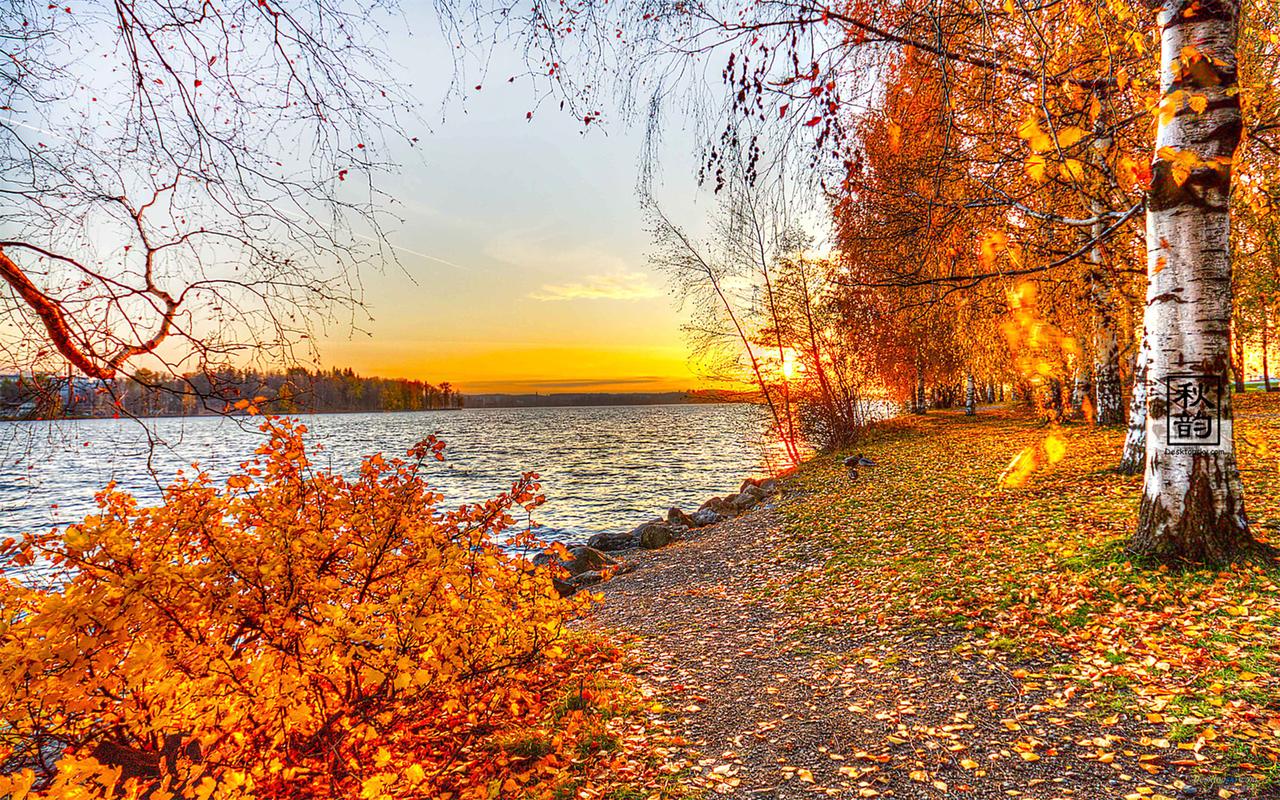India is a land endowed with natural beauty, cultural richness, and a deep-seated history. Its heritage is a tapestry woven from the threads of ancient civilizations, religions, and cultures. From the snow-capped Himalayas to the sun-kissed beaches of the south, India’s natural beauty is breathtaking. In this article, we will explore the natural and cultural heritage of India through time and space.
The Natural Heritage of India
India is a land of diverse natural beauty, with snow-clad mountain peaks, verdant forests, barren deserts, serene backwaters, and picturesque beaches. The Himalayan range extends 2,400 km from Jammu and Kashmir in the northwest to Arunachal Pradesh in the northeast. The range contains ten of the world’s highest peaks, including Mount Everest, and is a haven for mountaineers and trekkers.
The Western Ghats is another mountain range that runs parallel to the Arabian Sea, starting from the Gujarat border and ending at Kanyakumari in Tamil Nadu. This range is recognized as a biodiversity hotspot, with over 5,000 species of flowering plants and 325 global biodiversity hotspots. The Eastern Ghats, which run from Orissa to Tamil Nadu, are also home to a unique range of flora and fauna.
The Thar Desert, located in the northwest, is one of the world’s largest deserts and spans an area of 200,000 sq km. Despite its arid landscape, it is home to a range of wildlife, including the Indian wild ass, blackbuck, and desert fox.
The Sundarbans, located in the delta region of the Bay of Bengal, is one of the world’s largest mangrove forests. It is home to the Royal Bengal Tiger and several other endangered species, including the saltwater crocodile and the Indian python.
The Cultural Heritage of India
India is a land of diverse cultures, religions, and traditions. From the ancient Indus Valley Civilization to the modern-day festivals, India’s history is rich and varied. The most significant civilizations of India were the Indus Valley Civilization, the Maurya Empire, the Gupta Empire, and the Mughal Empire.
India is also home to many religions, including Hinduism, Buddhism, Jainism, Islam, and Sikhism. The temples, mosques, churches, and gurudwaras reflect India’s spiritual diversity and cultural richness.
India is also known for its art and literature, which have evolved over centuries. Classical dance forms like Bharatanatyam, Kathakali, and Kuchipudi, and music forms like Carnatic and Hindustani, are an integral part of India’s cultural heritage.
Conclusion
India’s natural and cultural heritage is a treasure trove. Its geography, climate, and biodiversity have given it a unique identity, while its rich history and traditions have influenced the world. A visit to India is an opportunity to explore and experience its natural and cultural wonders. It is an invitation to travel through time and space and discover the soul of one of the world’s oldest civilizations.
(Note: Do you have knowledge or insights to share? Unlock new opportunities and expand your reach by joining our authors team. Click Registration to join us and share your expertise with our readers.)
